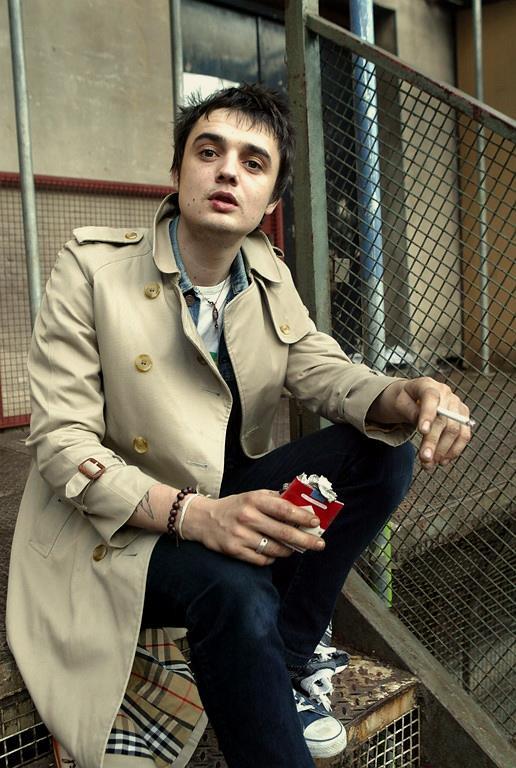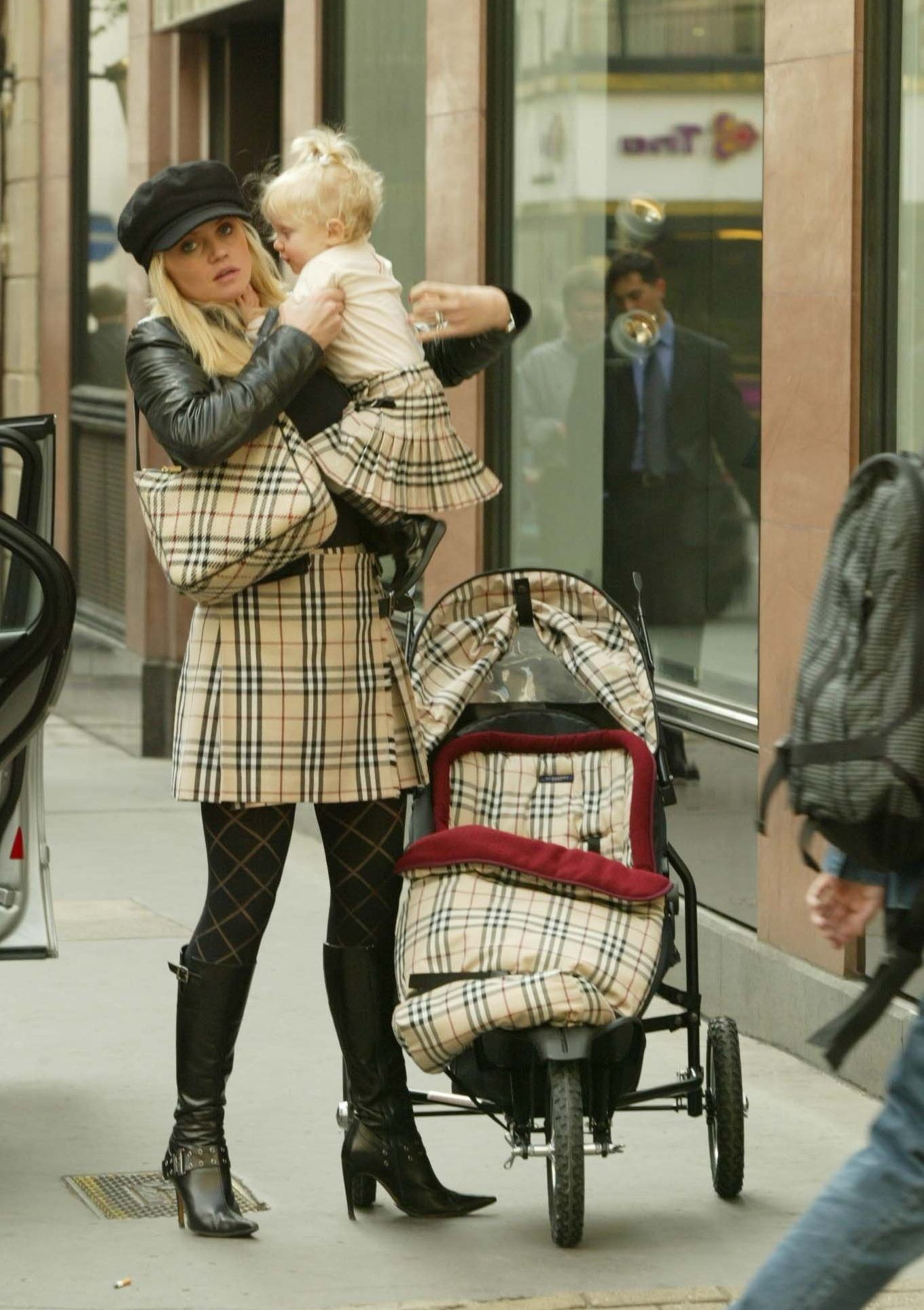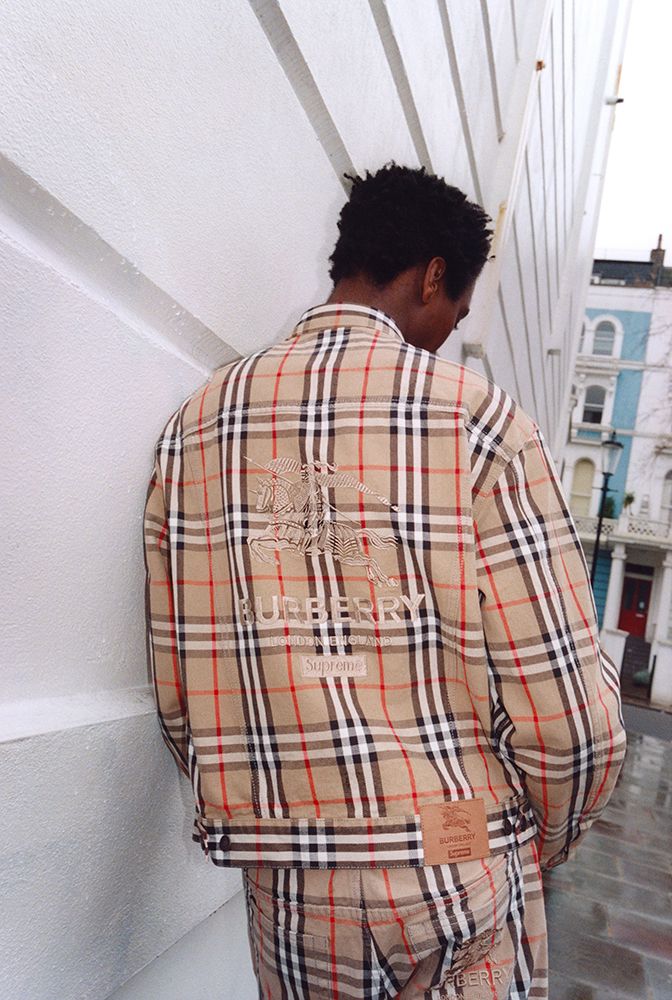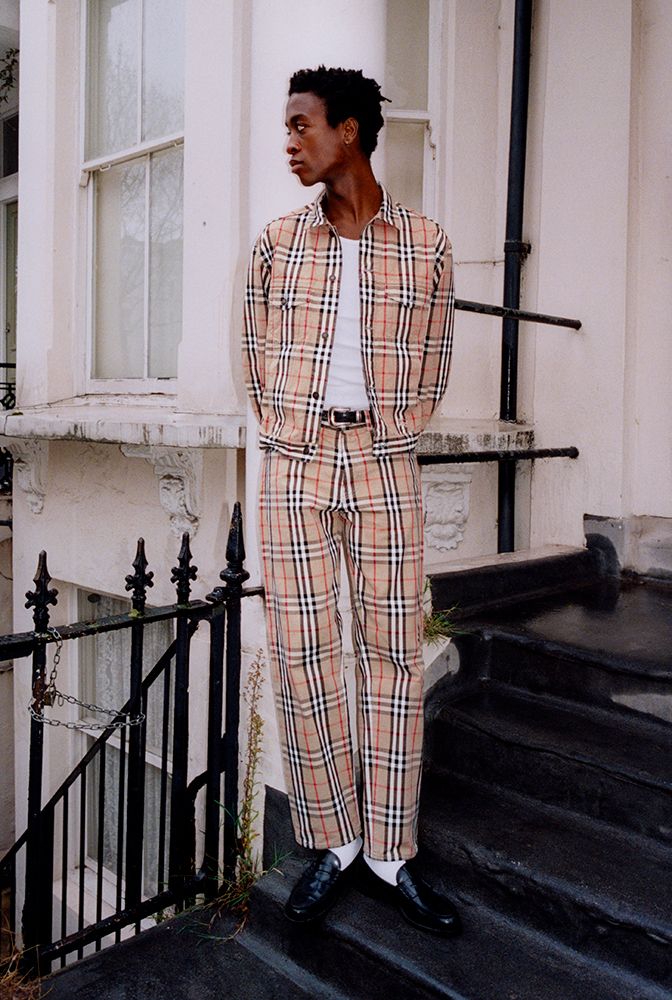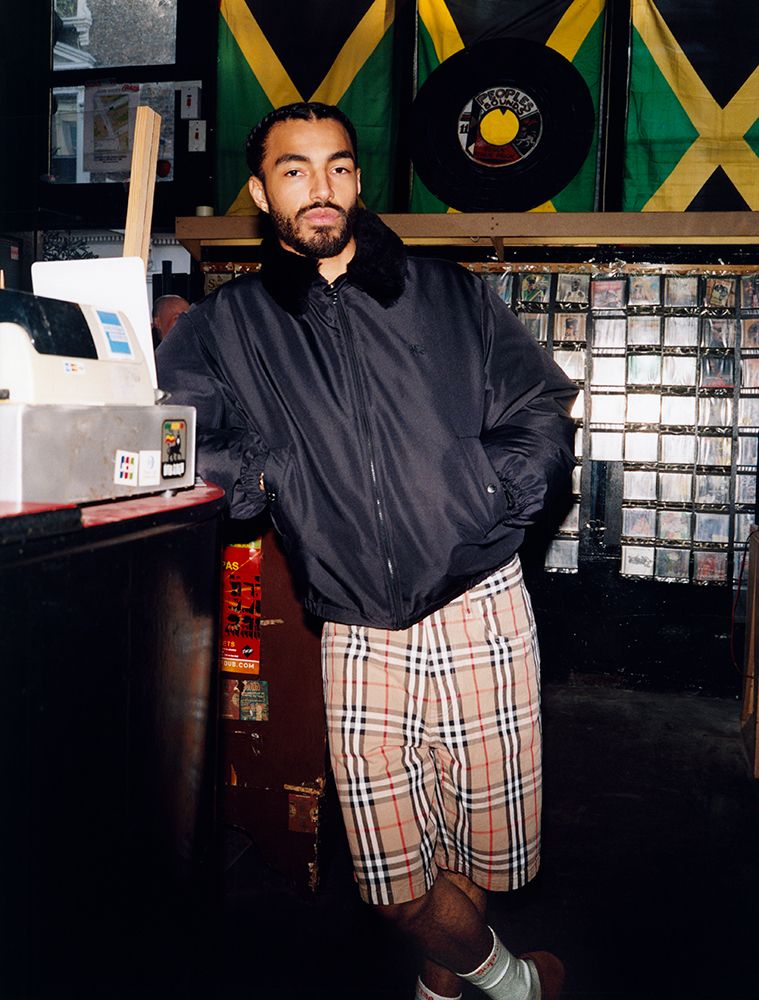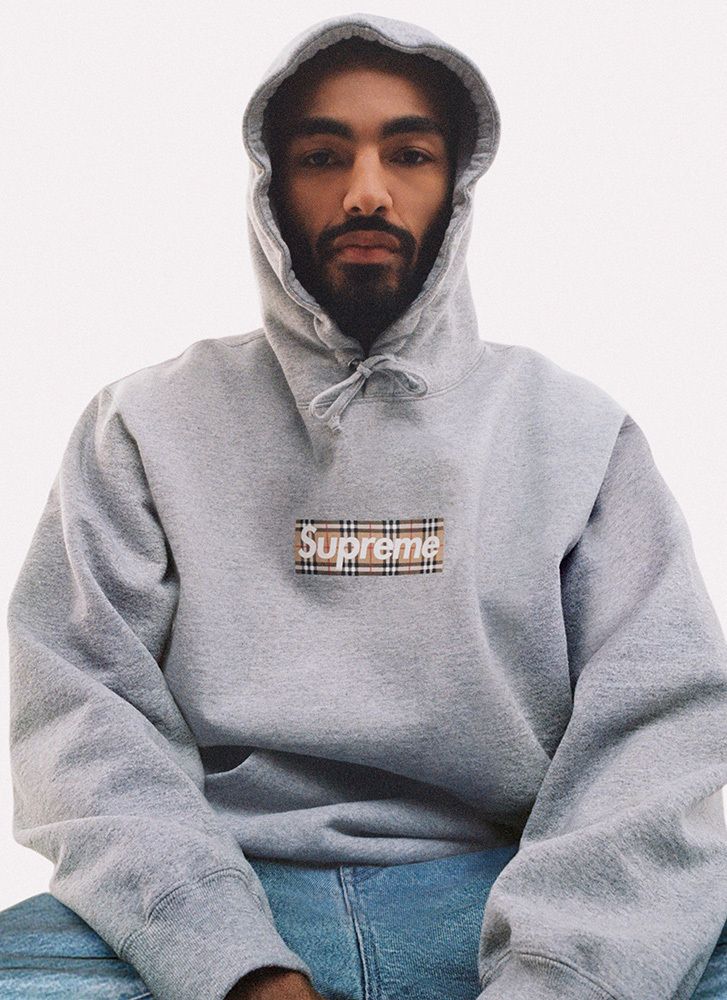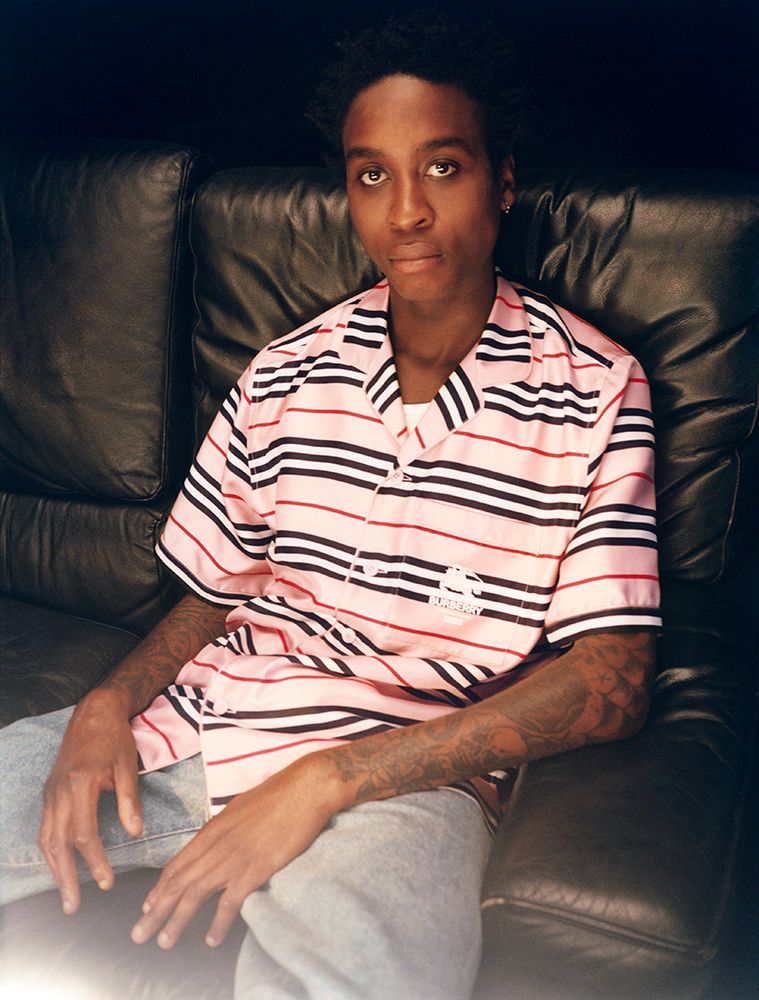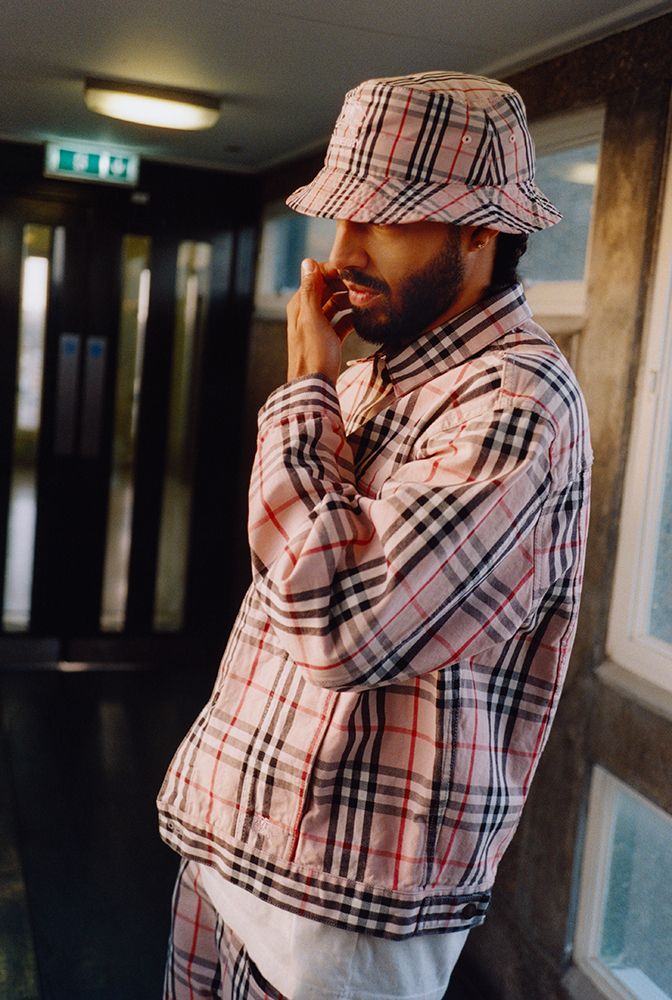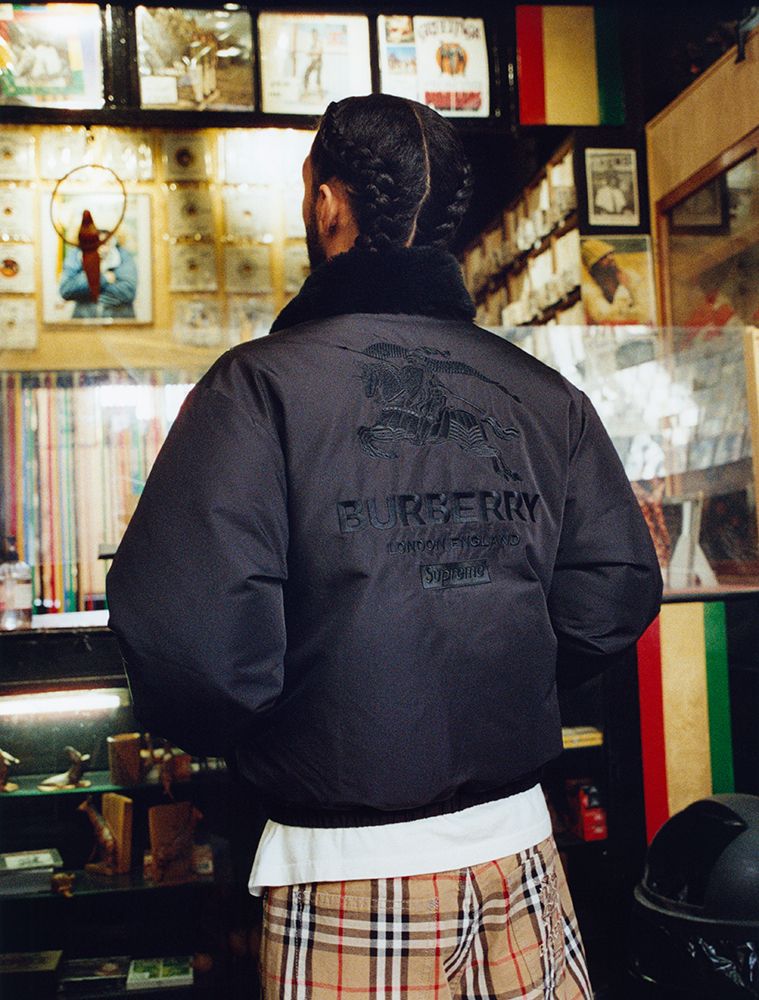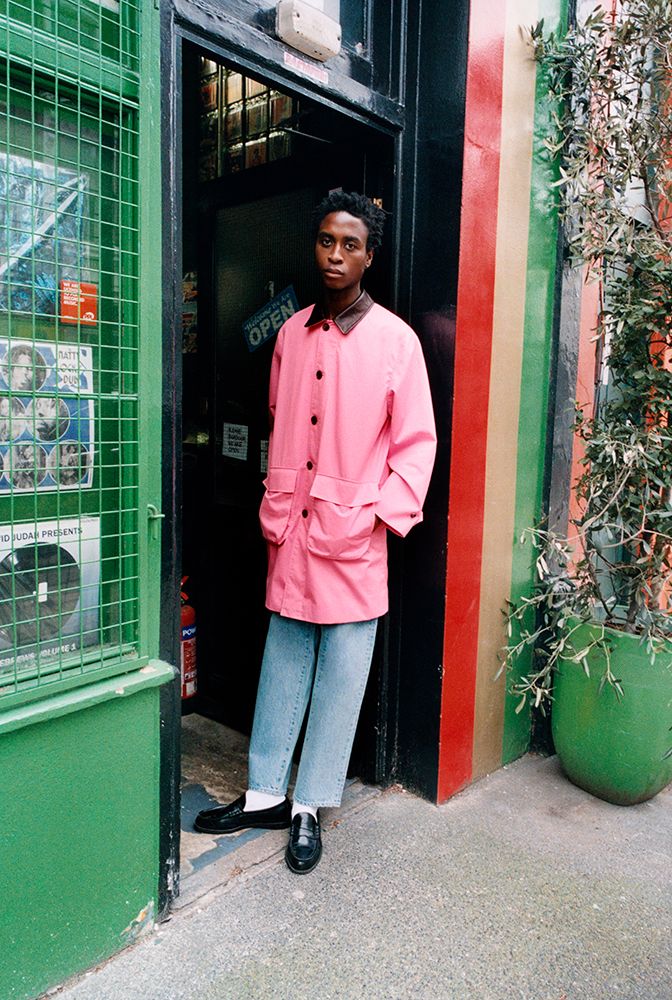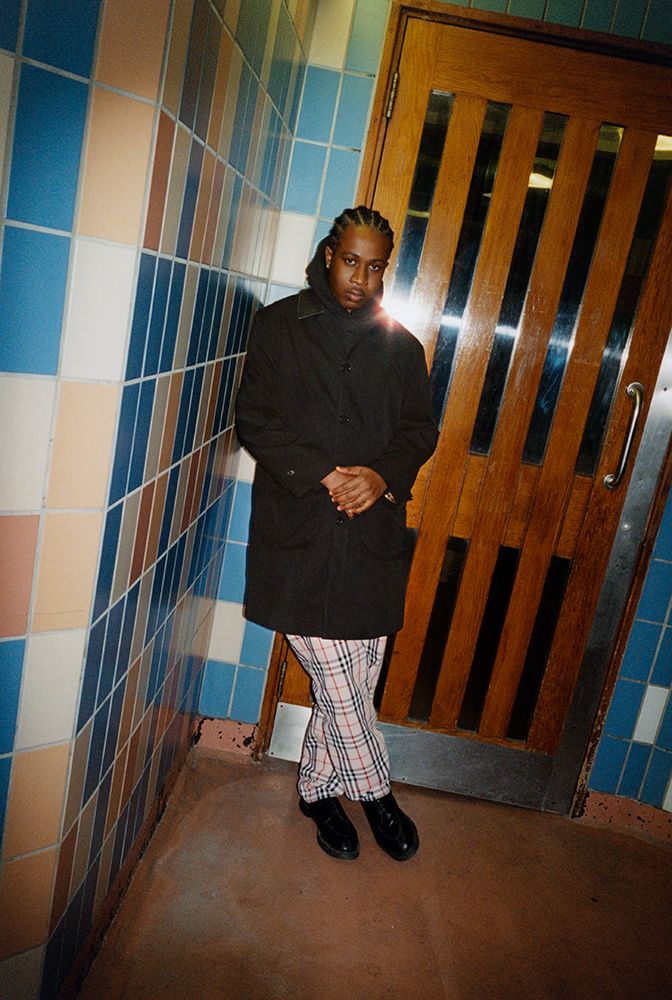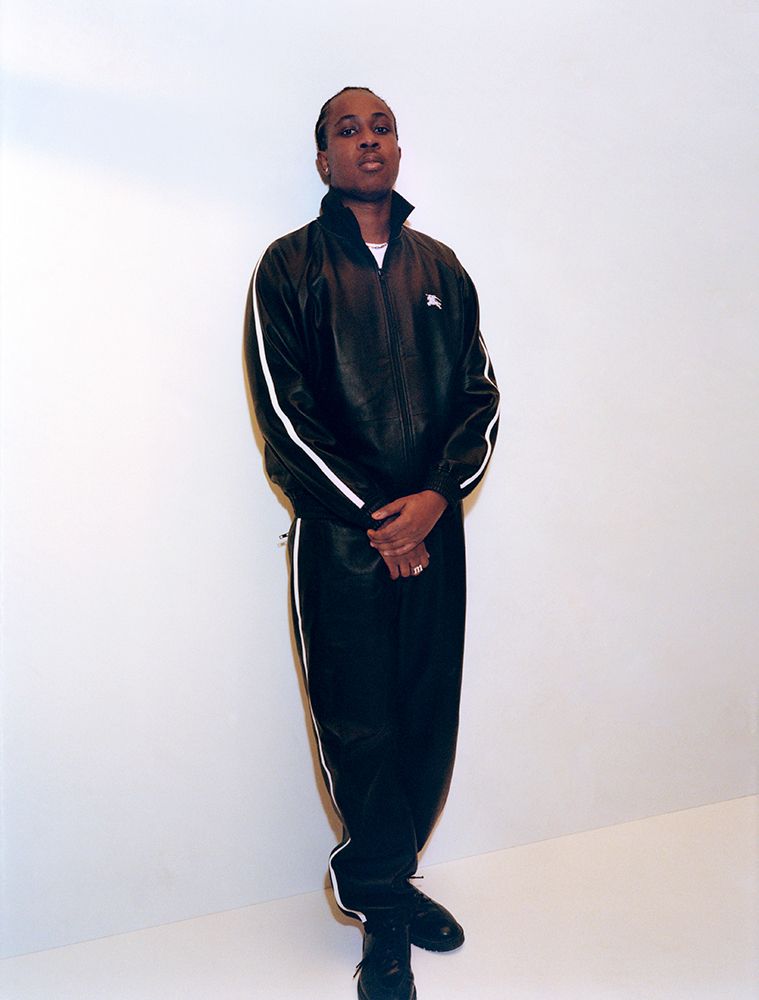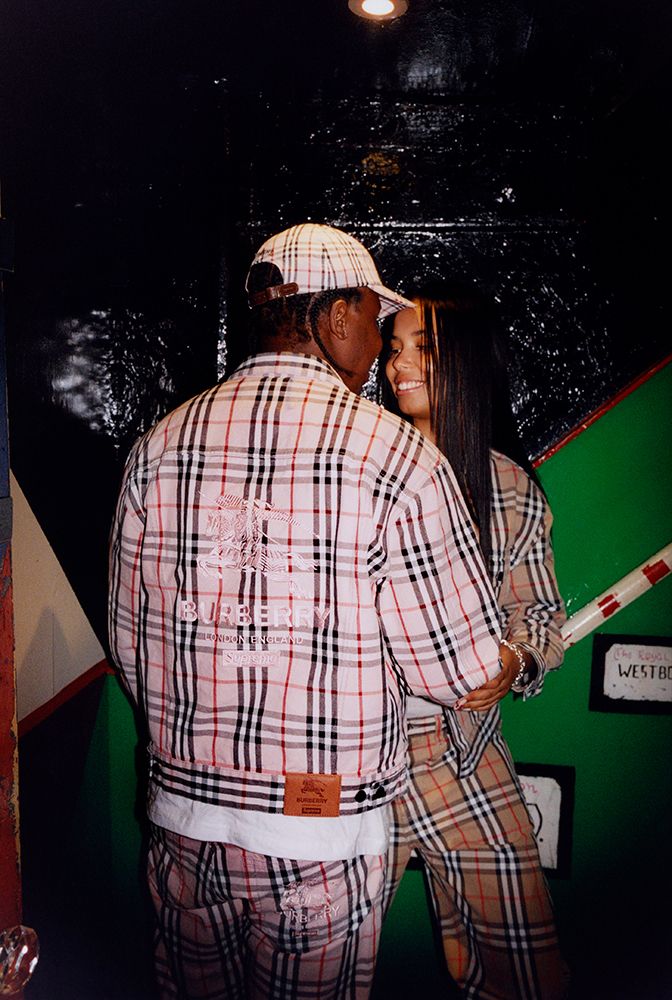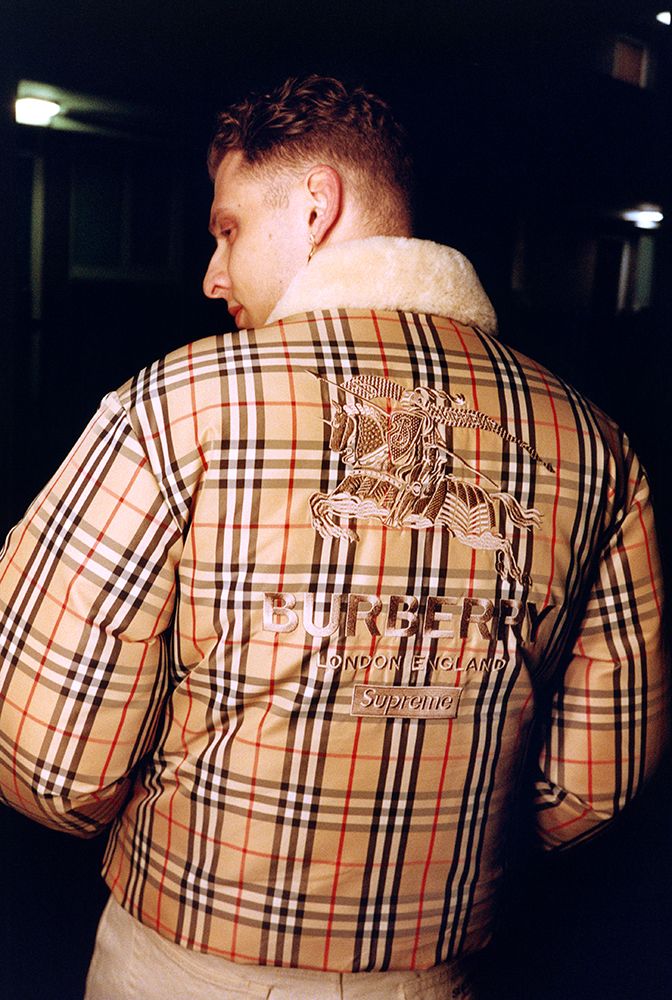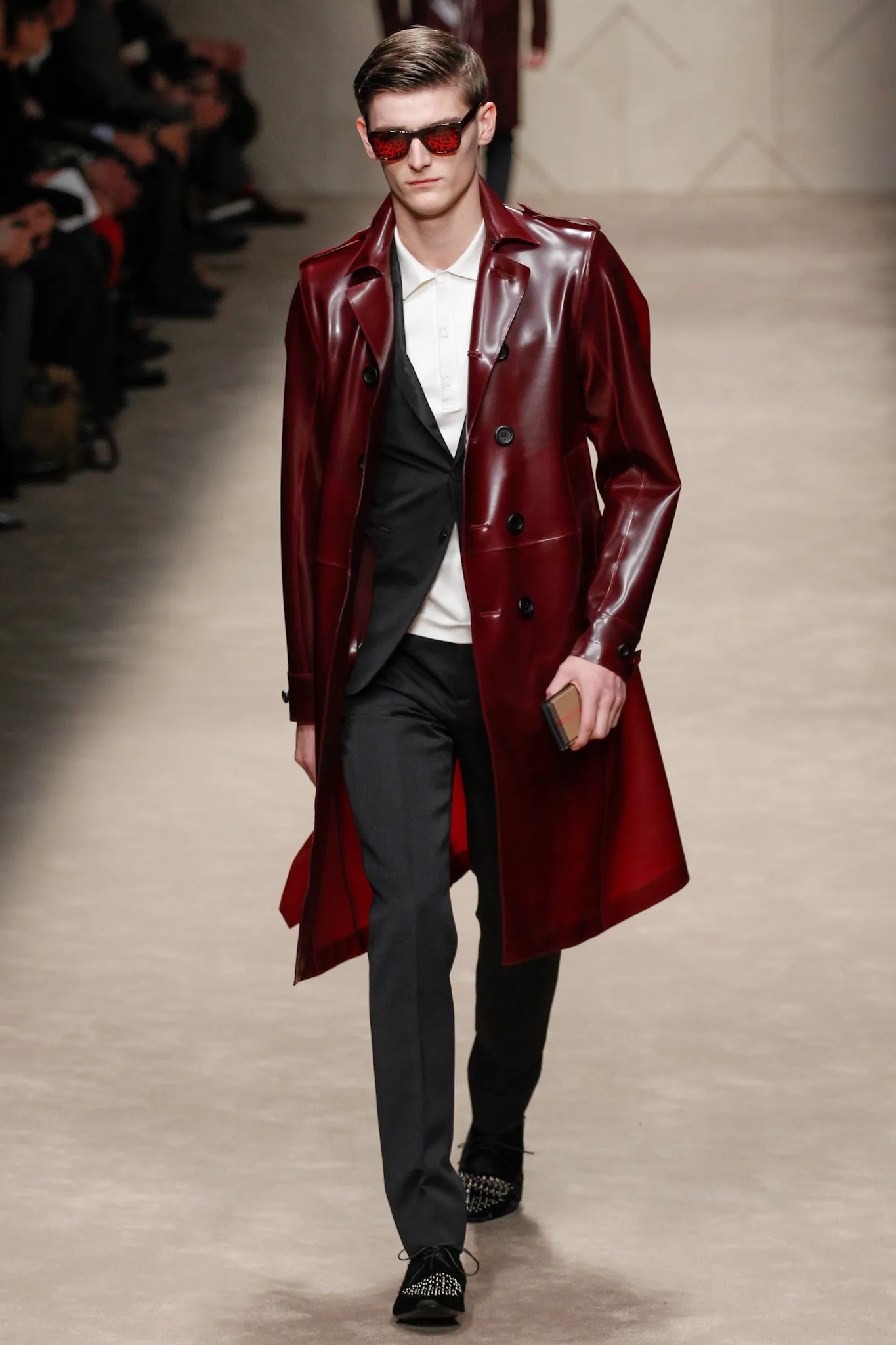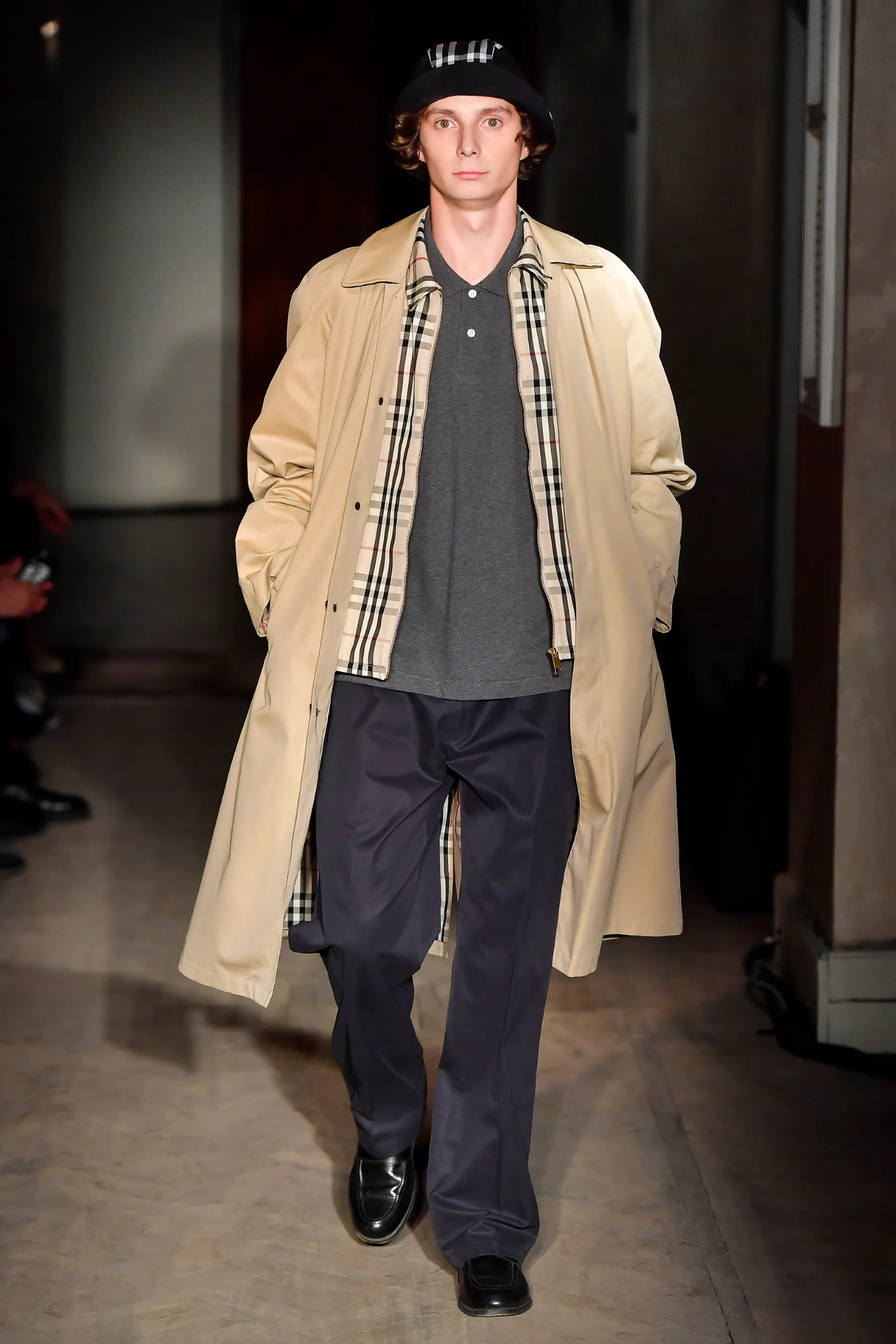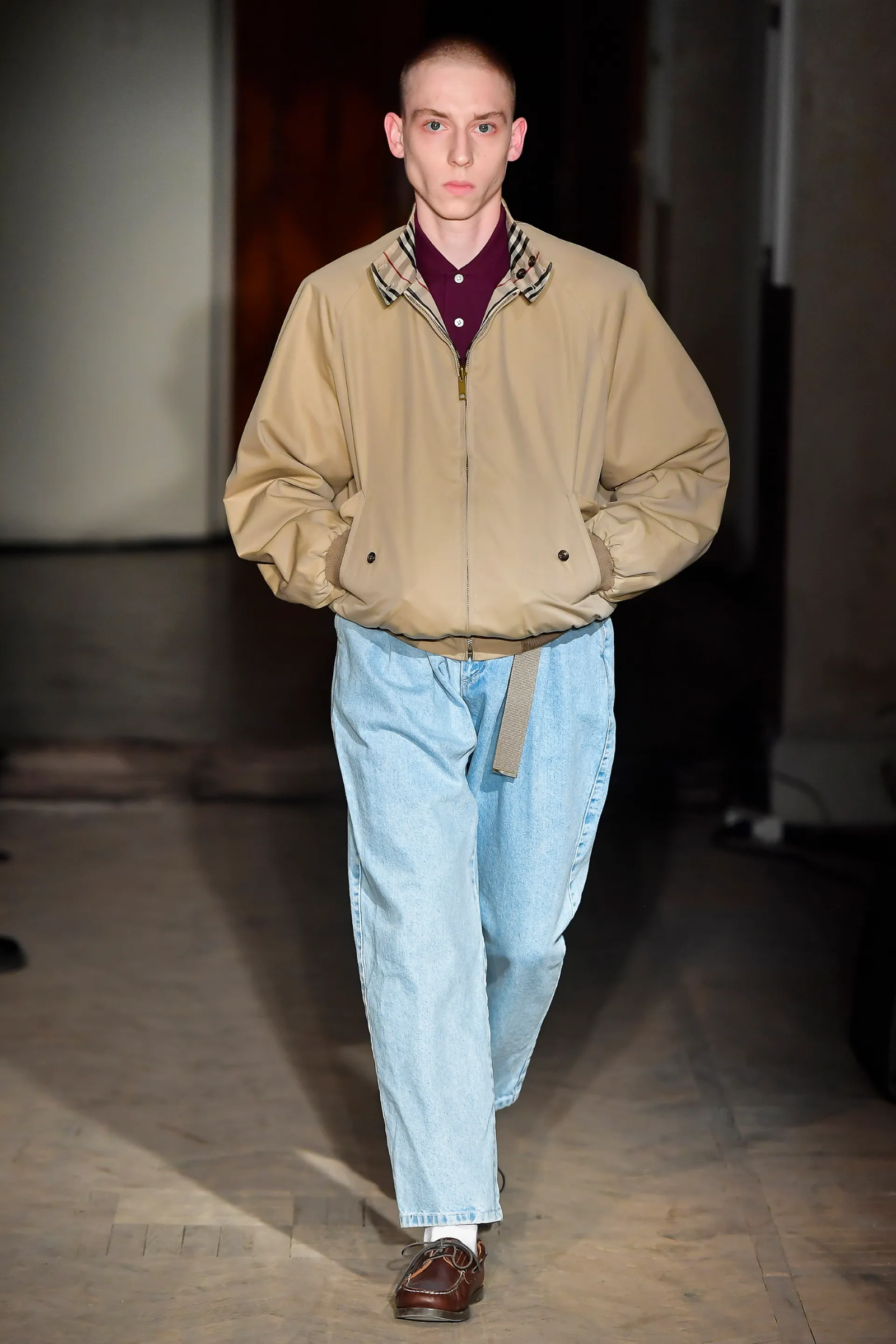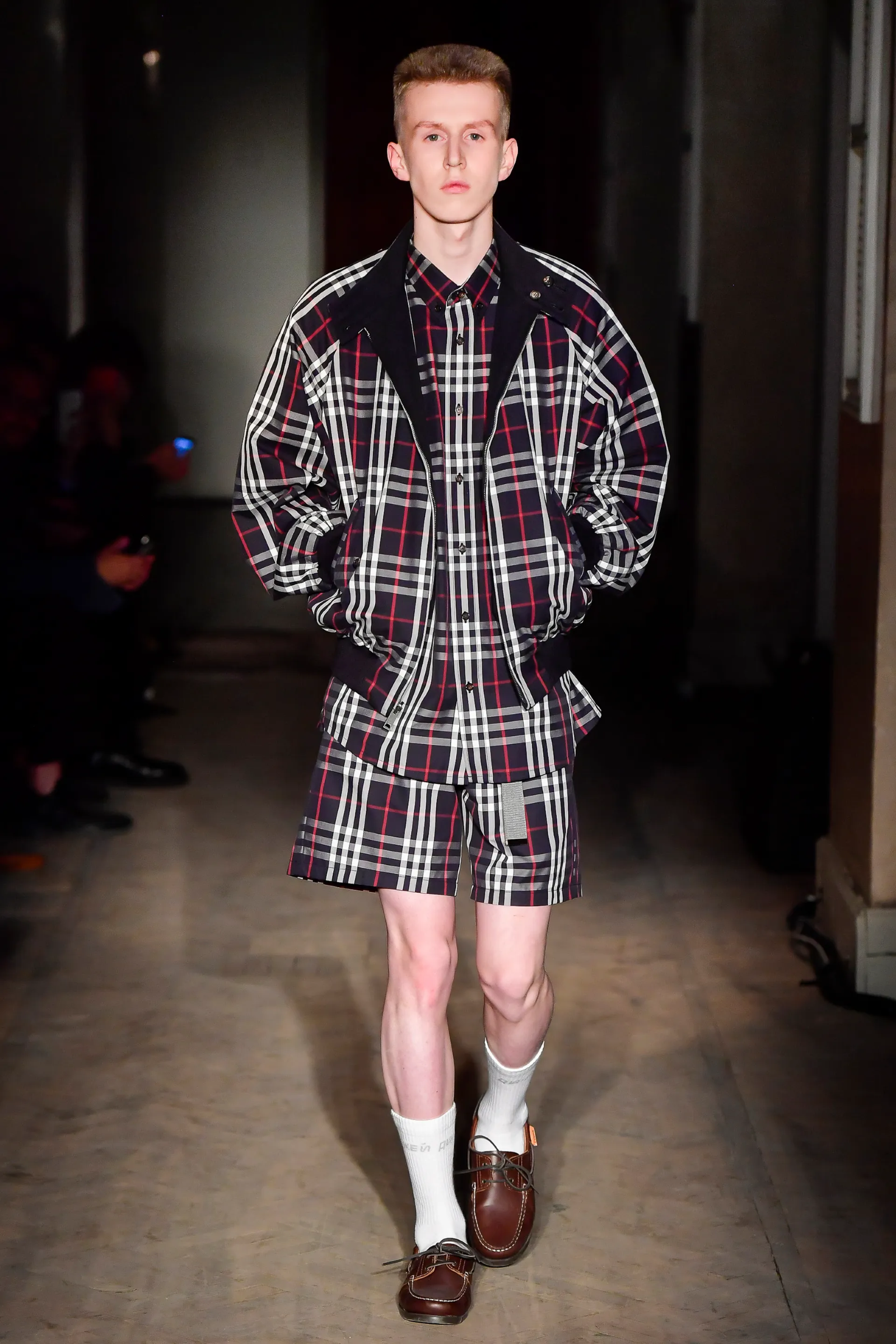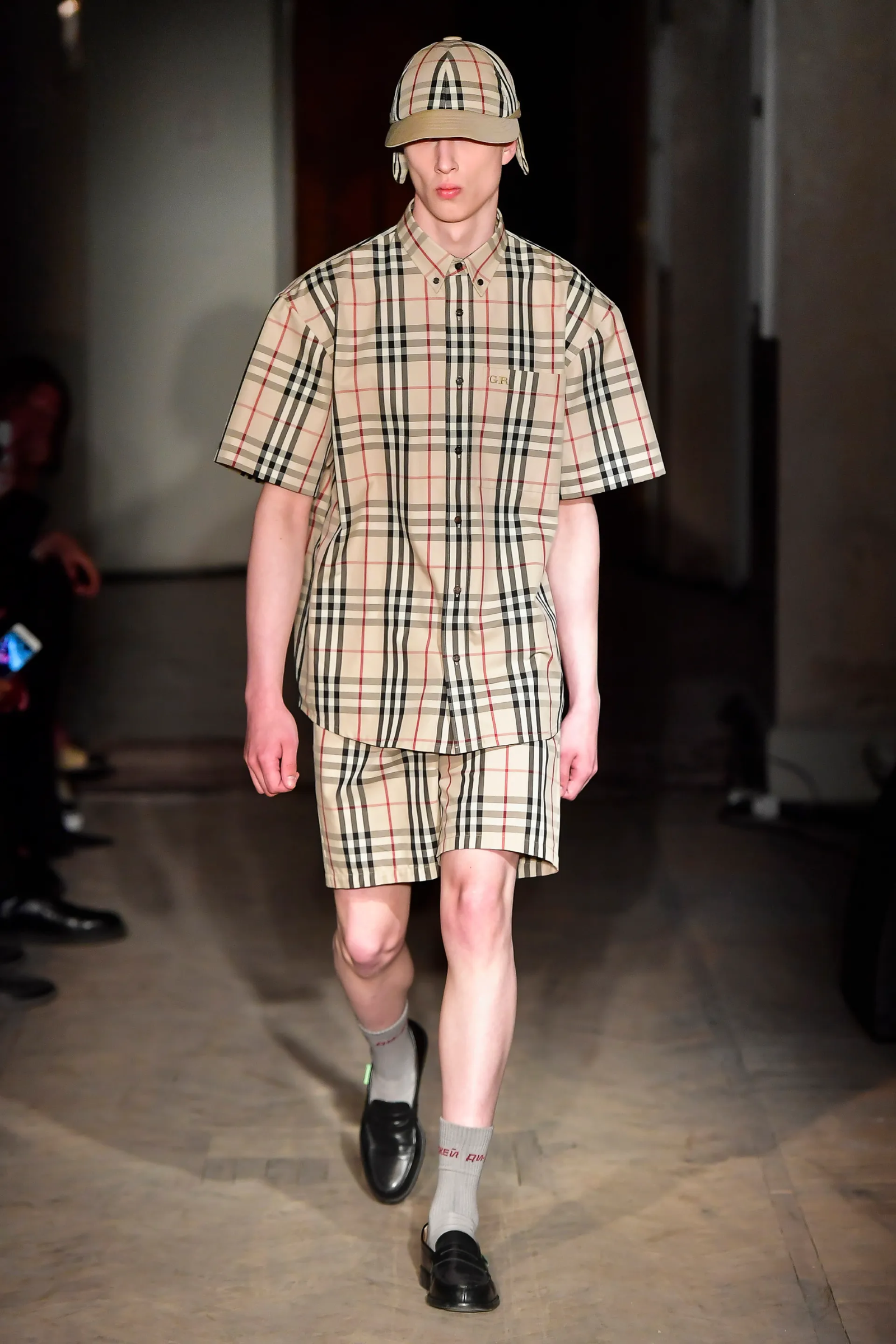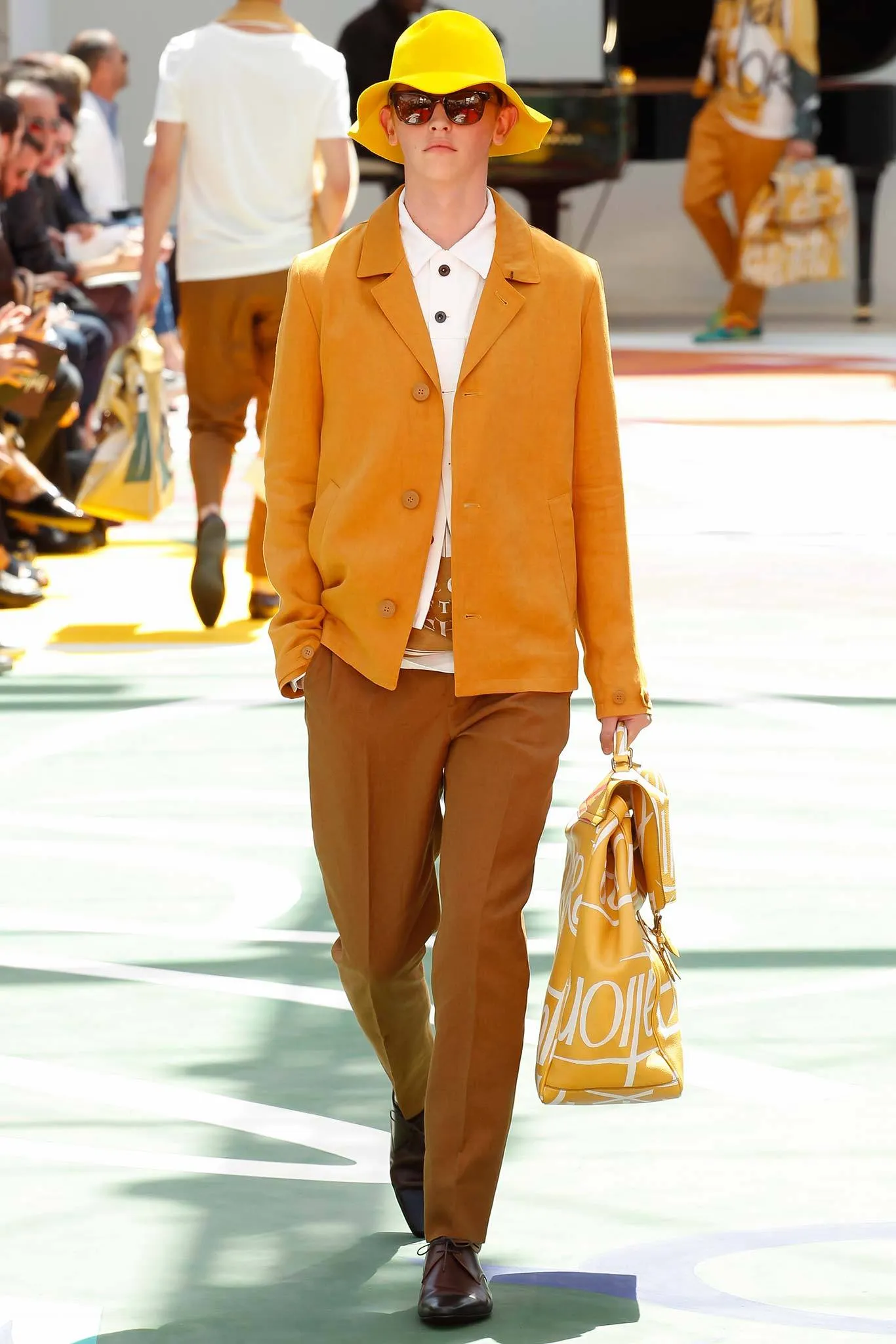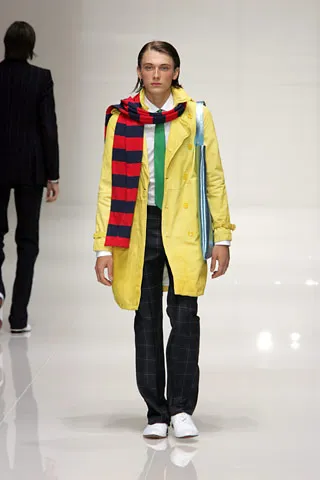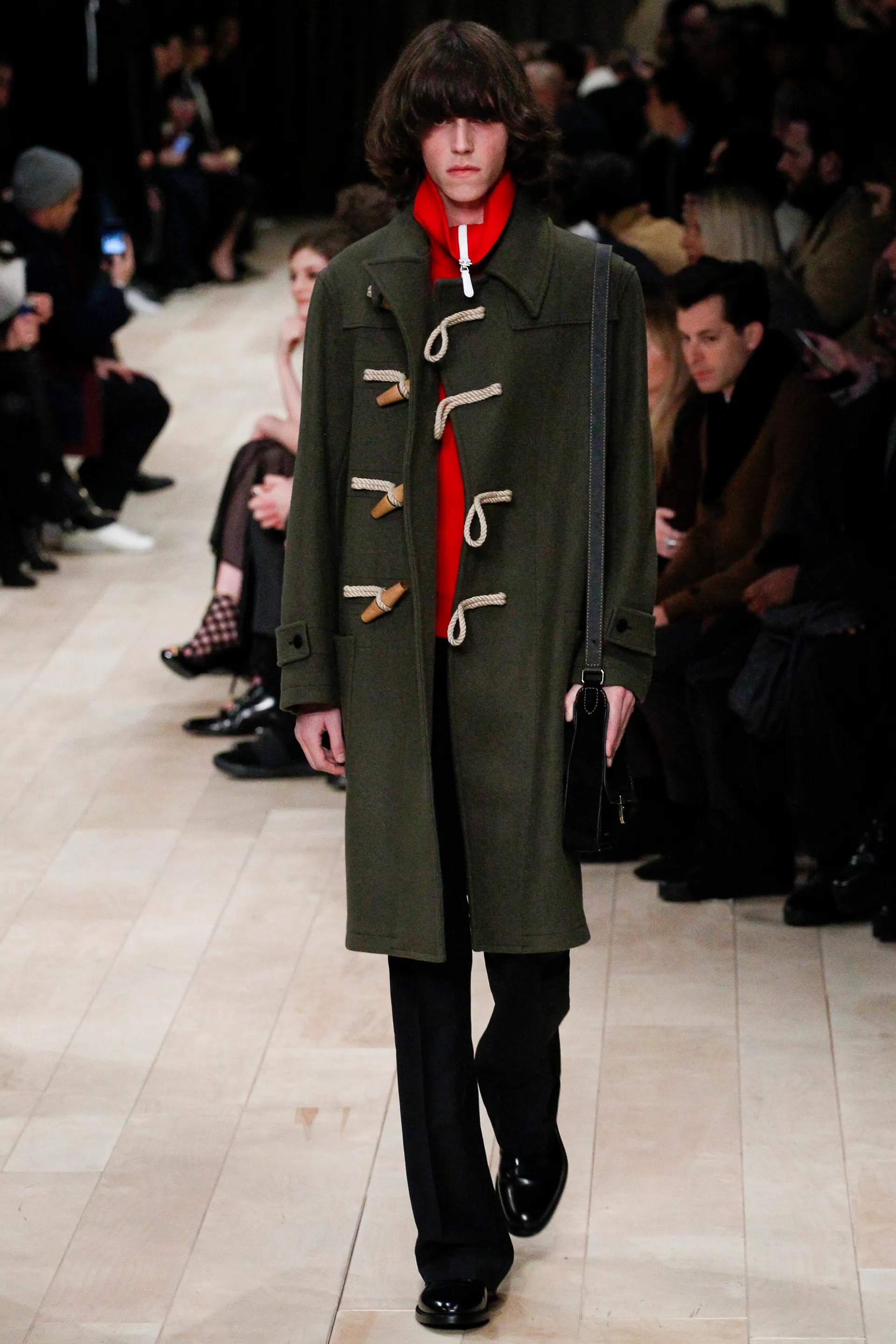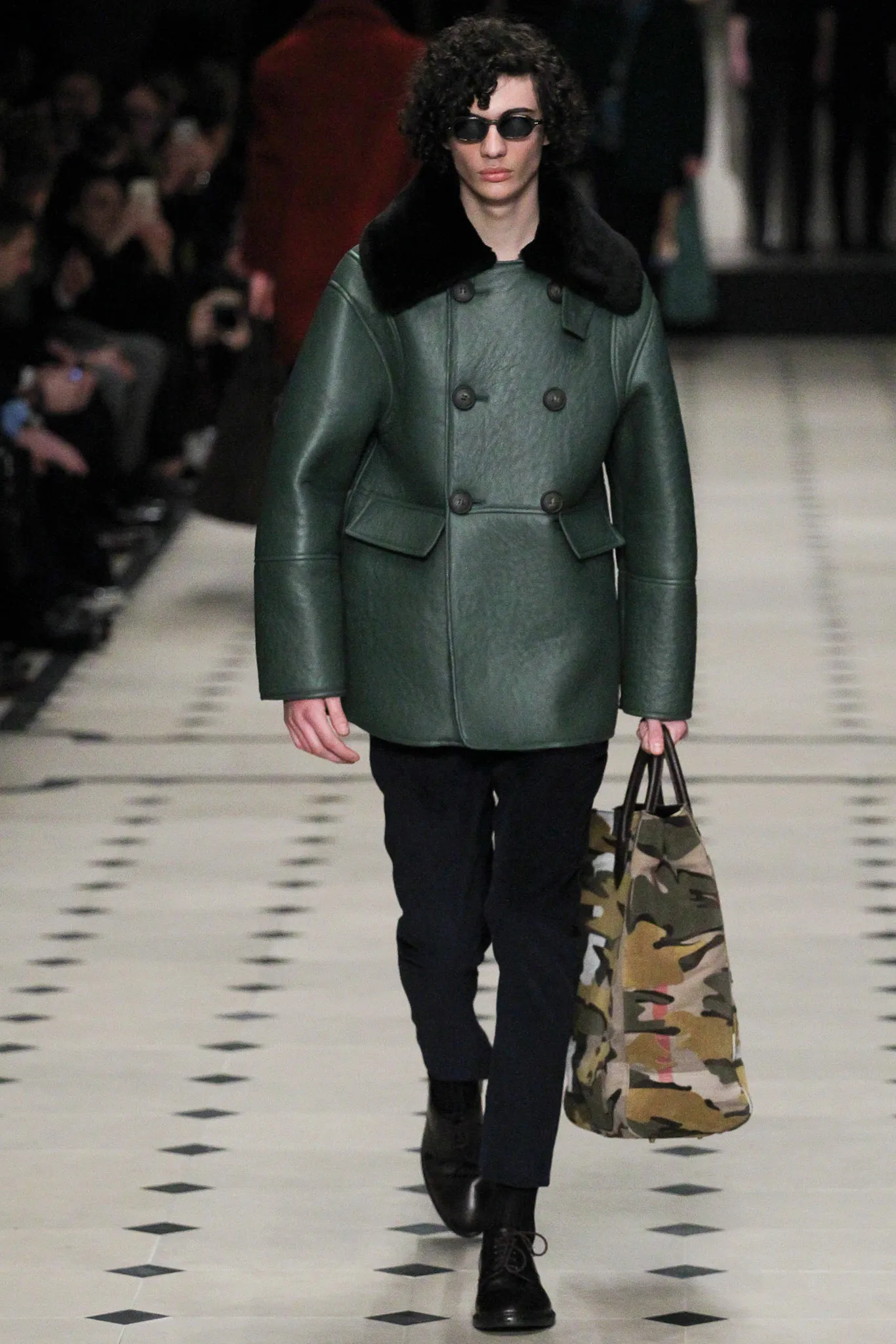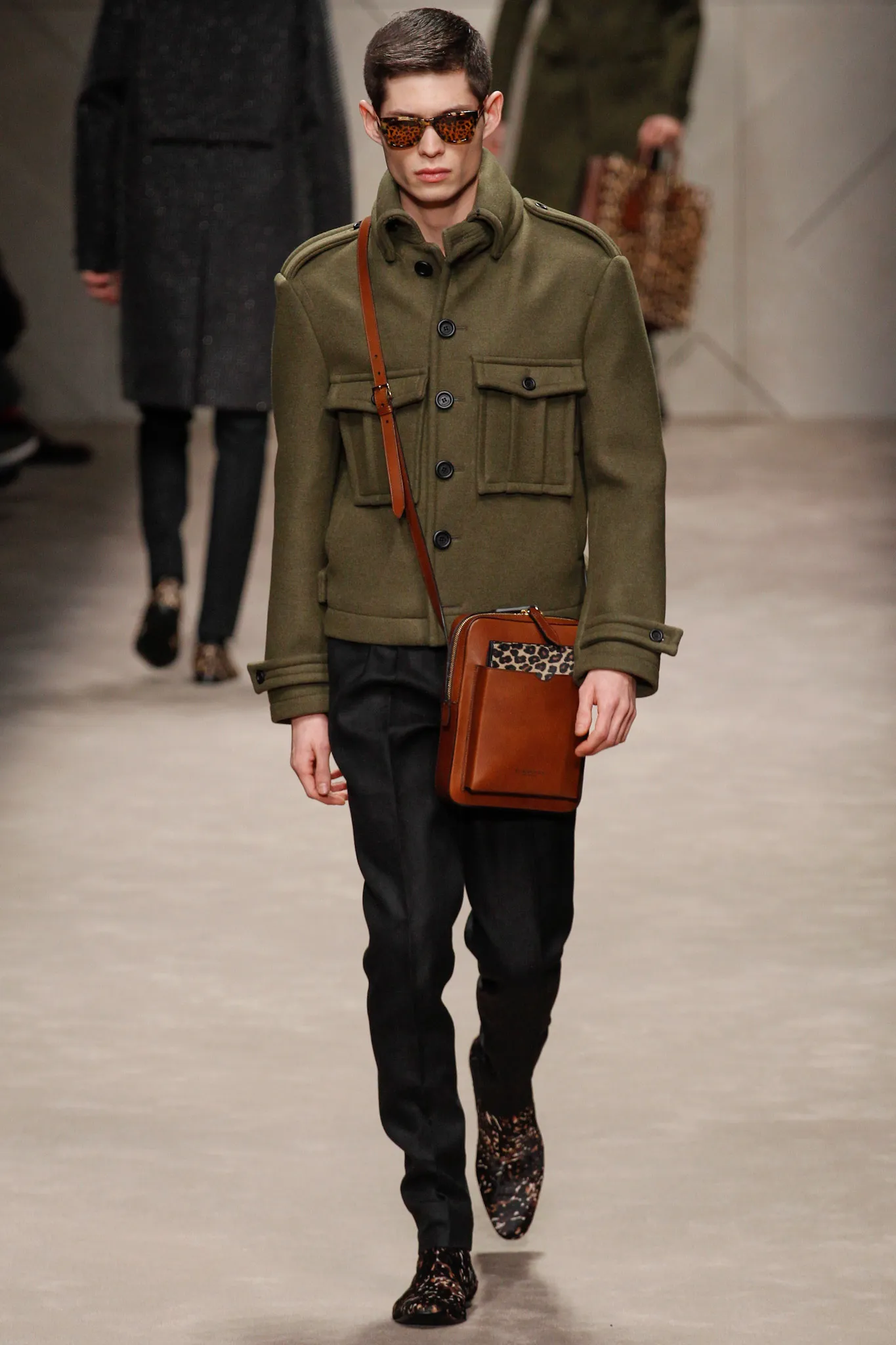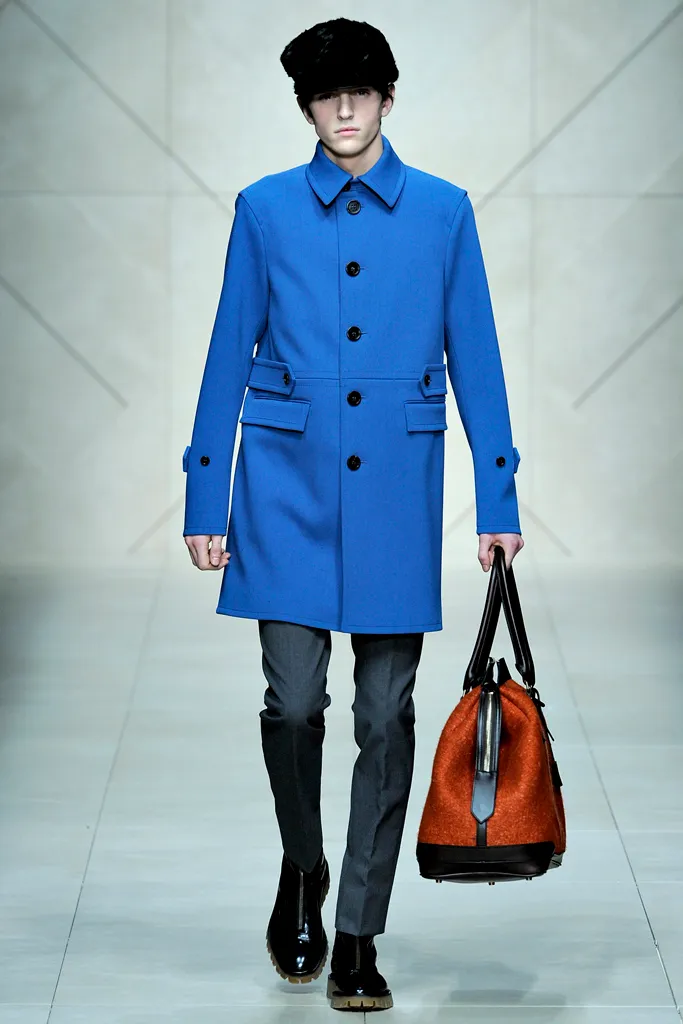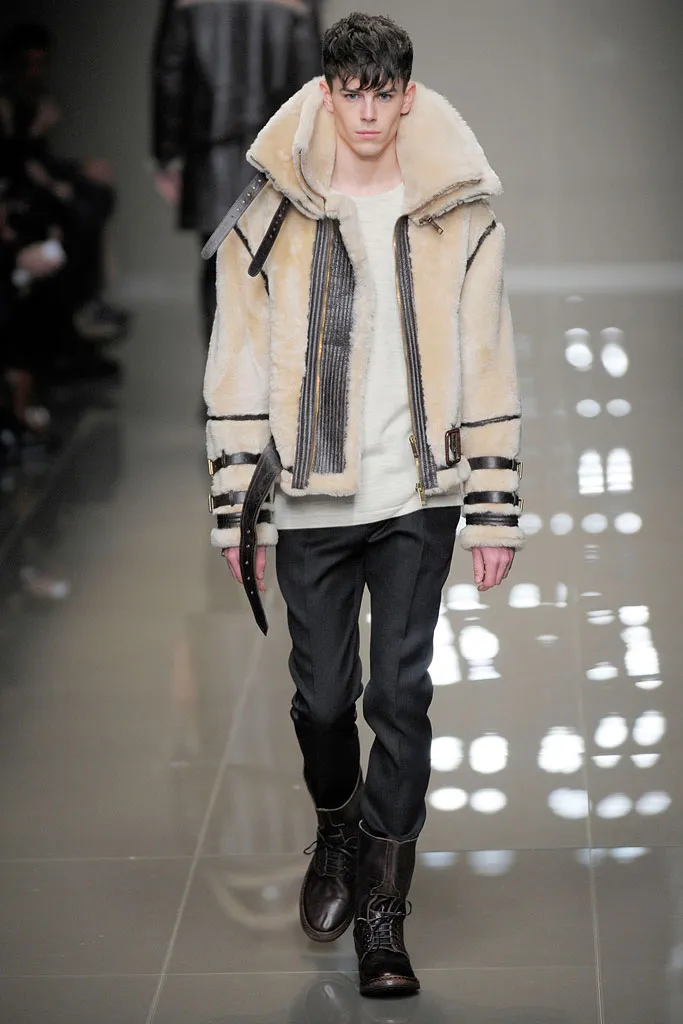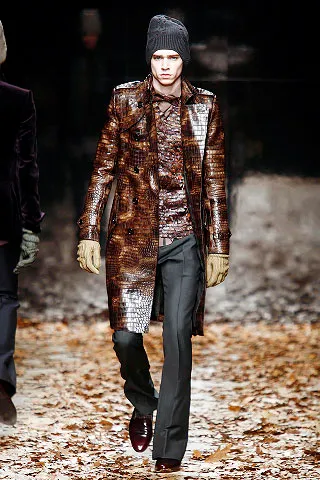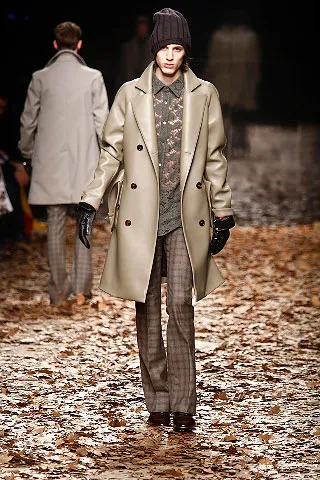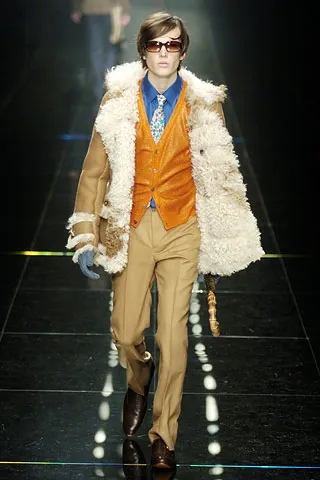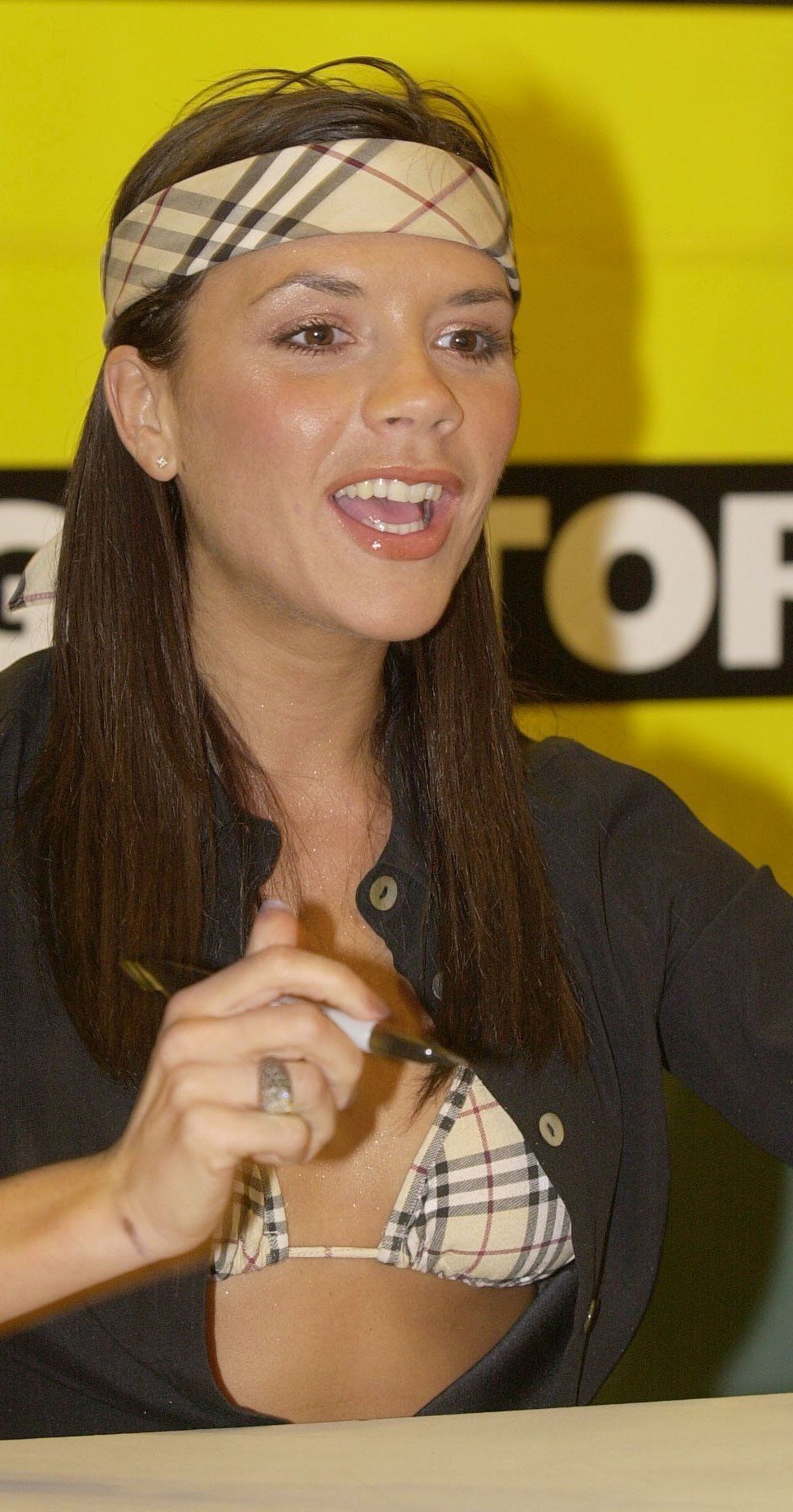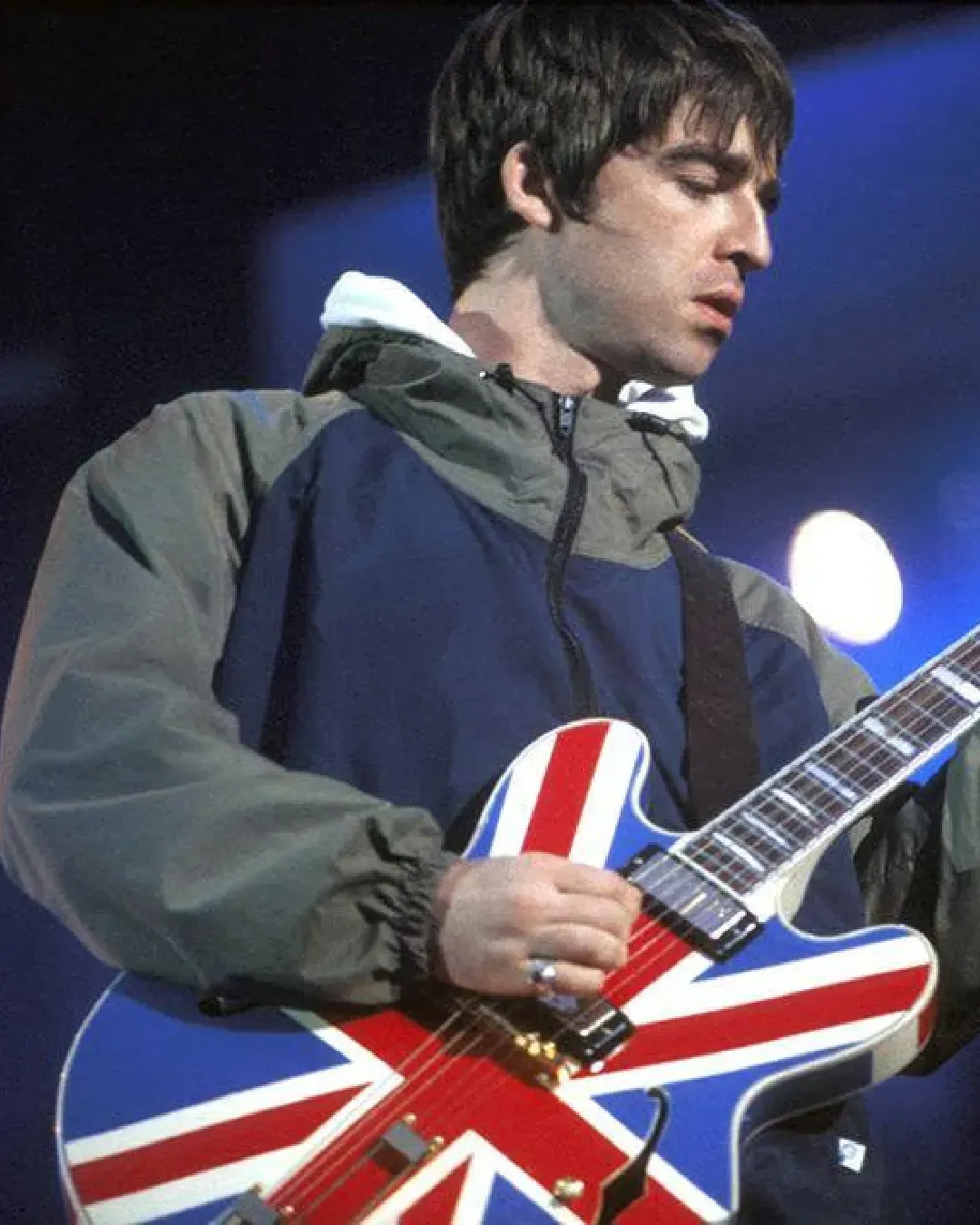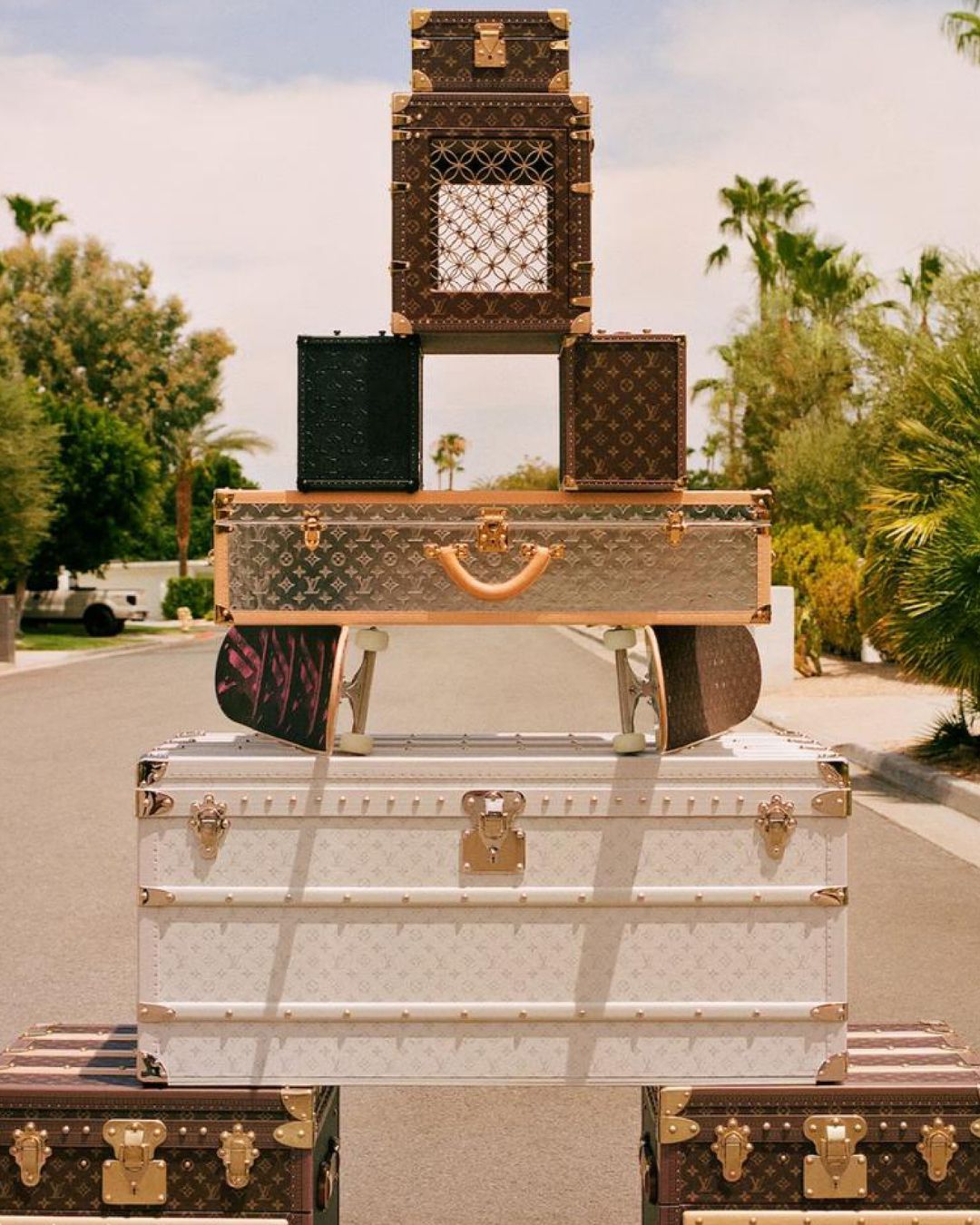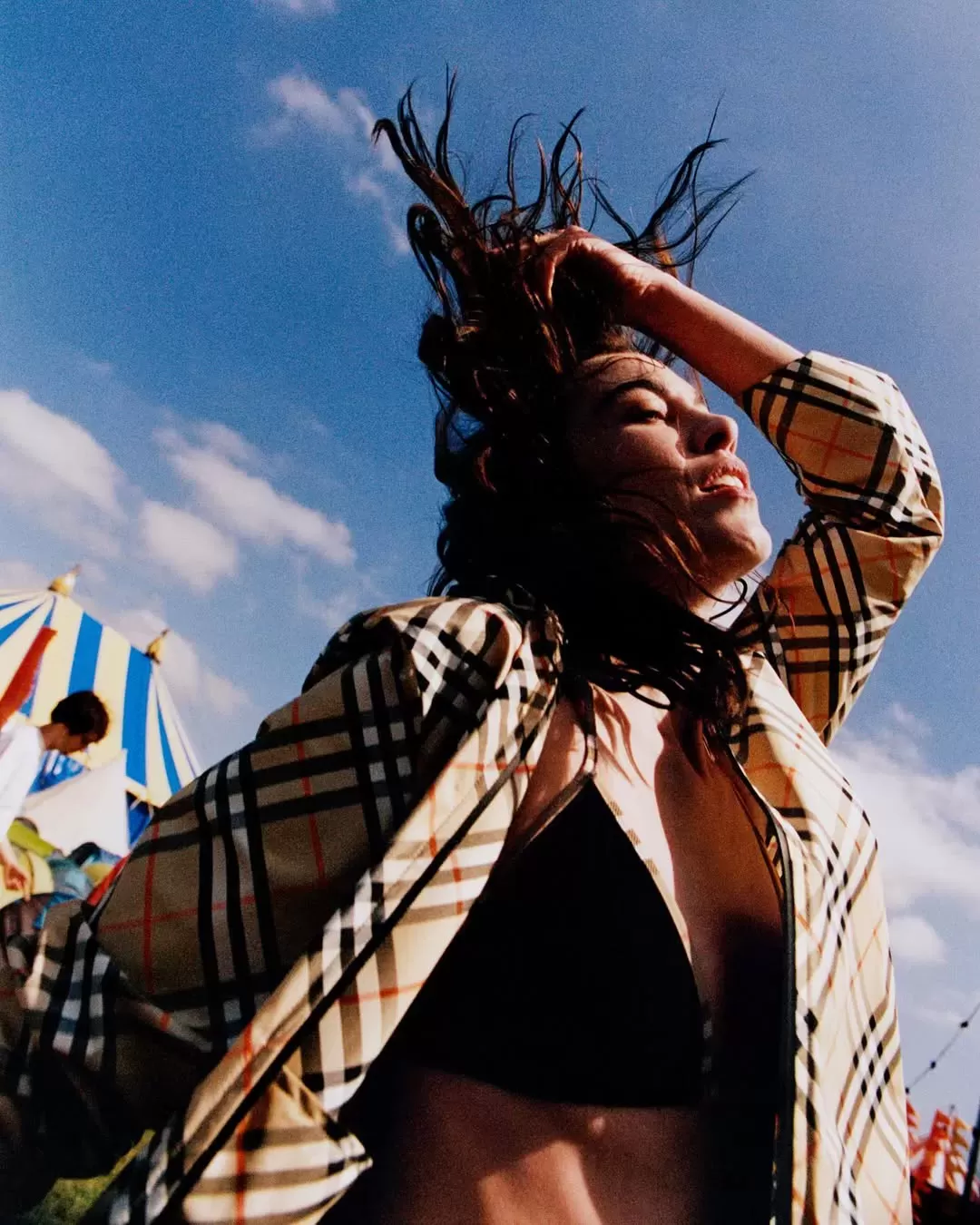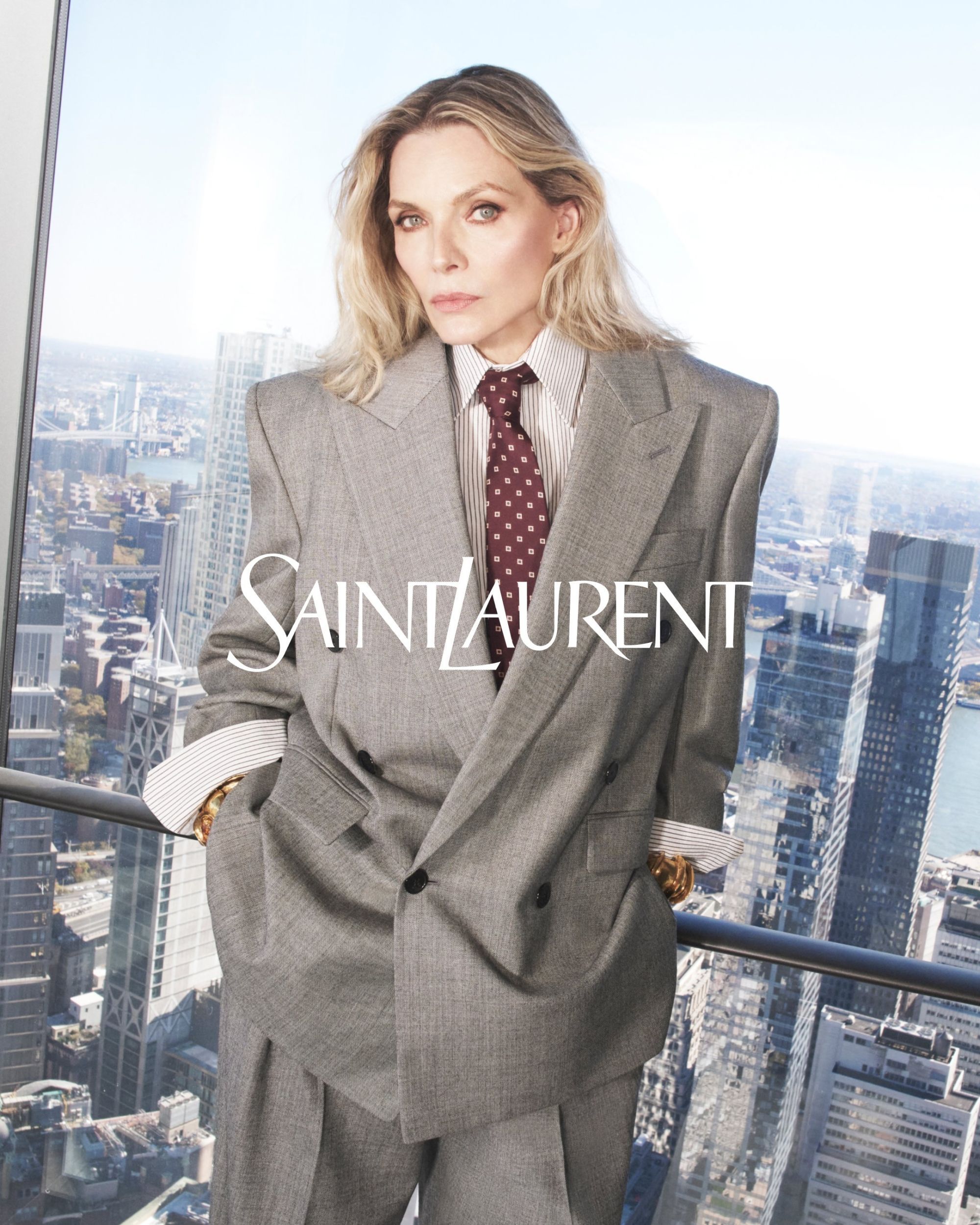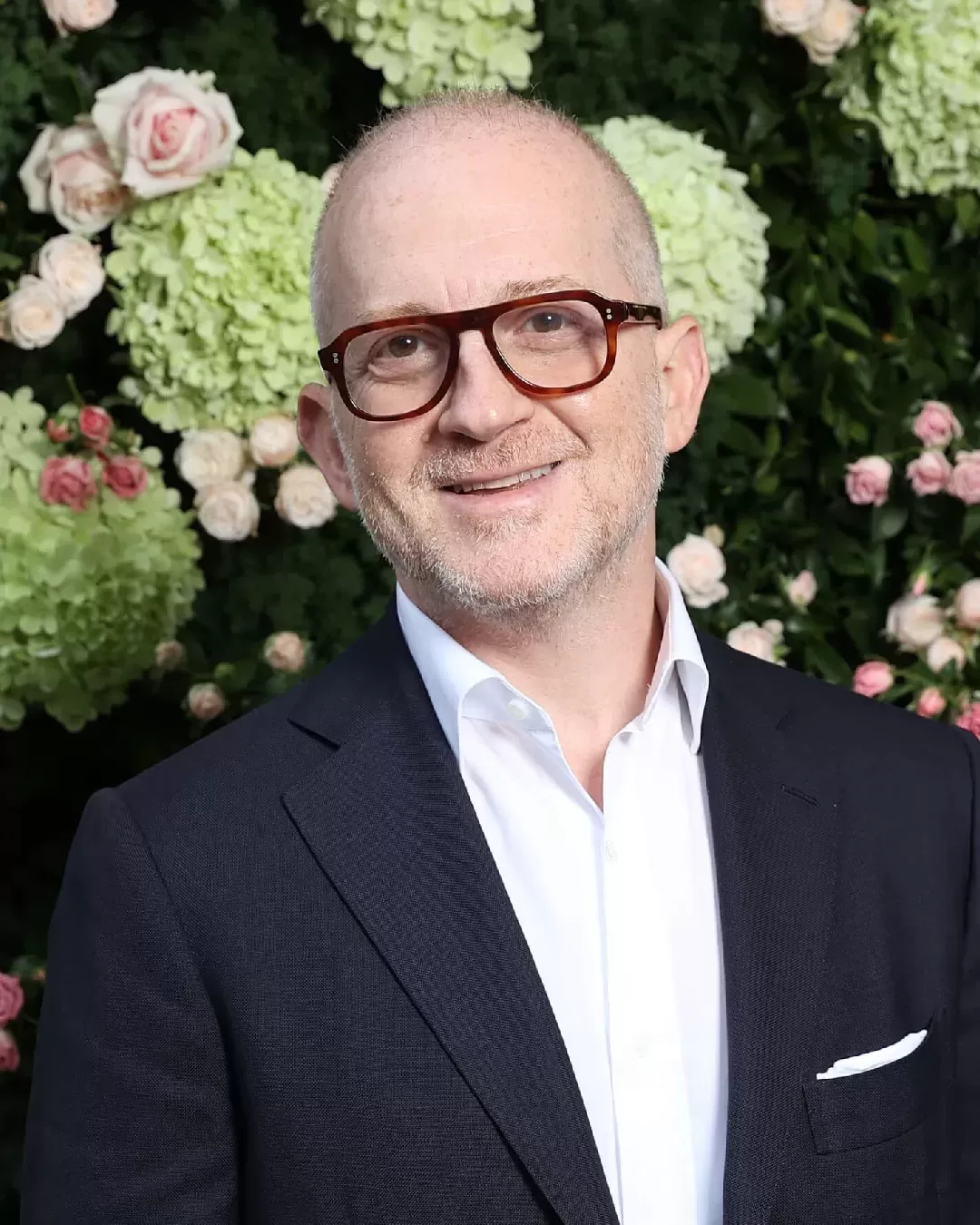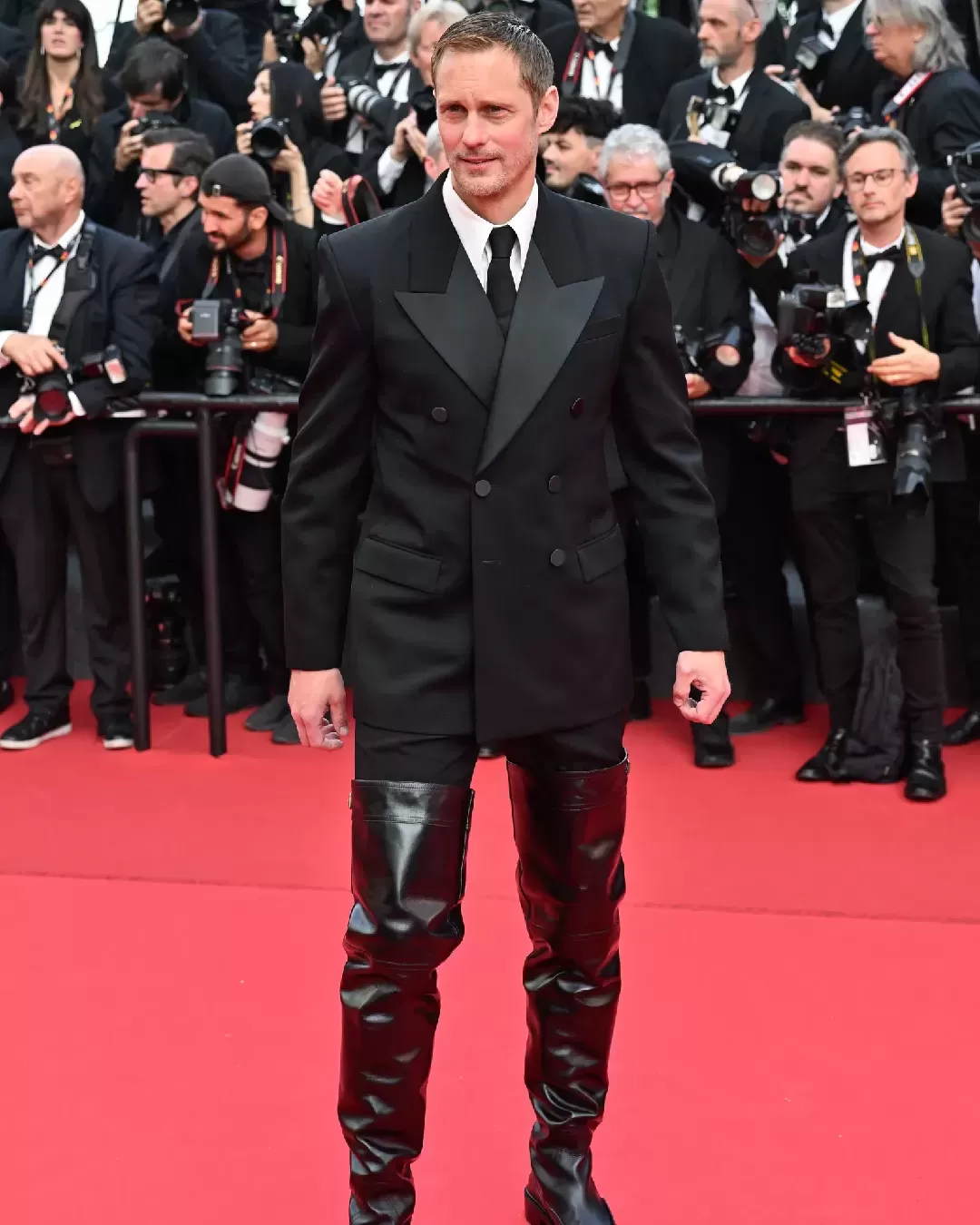
Supreme reminded us why we loved Burberry Prorsum so much The two brands' new collaboration is a flashback to the Christopher Bailey era
Before Riccardo Tisci revolutionized the brand, from 2001 to 2018, Burberry was the undisputed reign of Christopher Bailey. It was the era of Burberry Prorsum, one of three sub-labels first introduced and then eliminated by Bailey himself, whose name, however, represented a very specific era for the brand and its place in the fashion world. It is precisely this era that has been evoked with the recent collaboration between Burberry and Supreme whose lookbook released yesterday - a time when the brand's image was in crisis and the brand itself «had become the butt of tabloid jokes after its distinctive check was adopted on football terraces and by soap opera stars not feted for their elegance», as Jess Cartner-Morley wrote years ago on The Guardian. The Bailey era had been a double-sided moment in history: on the one hand there was the restyling initiated by the designer and based on, to quote Vogue, «British cultural nostalgia and class awareness»; on the other hand, there was the now consolidated presence of the brand in the repertoire of the culture of chavs and hooligans. The double life continued on the "real" market with, on the one hand, the more formal Burberry Prorsum suits or the more casual ones of the London and Brit lines and, in the world of vintage and knock-offs, in more sporty items entirely covered in the famous beige plaid pattern.
But what fueled British tabloid jokes in the early 2000s would become a done and done heritage in the streetwear era. With the rediscovery of subcultures, the immense popularity of hip-hop and a more lenient approach to logomania, pop culture stopped hating hooligan outfits and instead turned them into a staple of street fashion. According to The Sun it was the fault of «D-list celebrities» led by Danniella Westbrook if the brand had lost its aura, but in fact for a long time two different Burberrys coexisted: the "polite" one of Bailey and his preppy aesthetic and the "rude" one of hooligans and chavs, brit pop and the Gallagher brothers.
The result was an extraordinarily rich era in terms of the brand's production and meanings. What other brand has seen the parallel development of one language in high fashion and another in the then low youth culture? Bailey's menswear style can be retrospectively defined as "quiet" and this is the reason why we have a vague memory of it today, yet over the course of 17 long years the designer explored all sides of the British aesthetic: the greys of the Edwardian era, the bright colors of the Victorian dandies, hunting and military clothing, the uniform of the Carnaby Street rockers and that of the Knightsbridge posh kids. His fashion was conservative and yet, within the narrow confines of his field, Bailey had introduced products that would be very modern today. Burberry's aesthetics had more luck in brit pop and chav culture - scenes in which the brand's heritage was reduced to the tartan pattern, which became known as "chav check", lowering the prestige enjoyed by the brand but fixing forever its memory in the collective consciousness.
The «fall from grace» which diluted the exclusivity of the brand marked the definitive consolidation of Burberry in pop culture - and it is from that kind of aesthetic that the Burberry x Supreme collaboration has started. The main difference between the collab and Tisci's current collections lies in the references: if Tisci has brought Burberry's signature designs into the future with cleaner constructions and a contemporary flavor, in line with the upscale repositioning of the brand; Supreme has returned to focus on the past by recovering the Equestrian Knight logo but especially its sportswear heritage of the late '90s/early 2000s made of bucket hats, long-sleeved polo shirts and suits entirely covered by the check. The legacy of chav culture has never been officially rejected by Burberry, but neither has it been officially accepted. « I have never been snotty about it, because I feel that's a very important part of our history»,explained to i-D Bailey himself before retiring.
In fact, a valid predecessor of the Supreme lookbook seen today is the brand's collaboration with Gosha Rubchinskiy in his SS18 collection, which reinterpreted the chav imagery in a much more extreme way than that of Supreme. It is precisely this implicit acceptance, however, that highlights how subcultures remain today the most durable way to ferry the recognition of a brand from one generation to another. At the after party of that show, Bailey told i-D:
«It crosses different privileged backgrounds, working class backgrounds, cultures, subcultures, music, the arts, football, sports, and I love that diversity. I think it's what makes Britishness British»











































